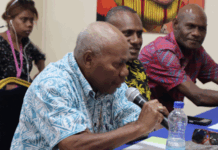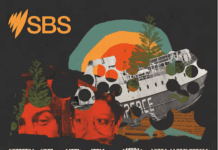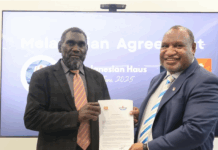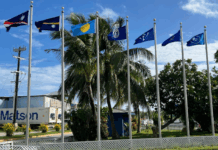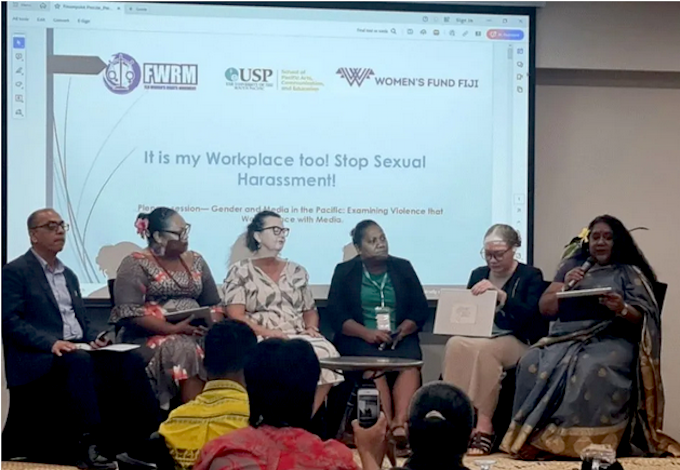
Delegates at a Pacific media conference in Fiji two weeks ago heard harrowing stories of female reporters facing threats of violence and harassment.
This raised the question: is enough being done to protect female reporters in the Pacific region?
In 2022, the Fiji Women’s Rights Movement, in partnership with the University of the South Pacific Journalism Programme, launched a research report on the “Prevalence and impact of sexual harassment on female journalists: A Fiji case study”.
- READ MORE: Research reveals high prevalence of sexual harassment on female journalists in Fiji
- Prevalence and impact of sexual harassment on female journalists: A Fiji case study
- Other Pacific Media Conference reports
- LISTEN TO RNZ PACIFIC WAVES: Pacific media owners urged to better protect female staff
Of the 42 respondents in the survey, the youngest was 22, and the oldest was 51, with an average age of 33.2 years. The average amount of work experience was 8.3 years.
Most respondents (80.5 percent) worked in print, with the others choosing online and/or broadcasting. Most respondents answered that they were aware of sexual harassment occurring.

The ABC’s Fiji reporter, Lice Monovo is an experienced journalist who has worked for RNZ Pacific and The Guardian.
She said she was not surprised by the findings and such incidents were familiar to her.
“There were things I had encountered, and some close friends had, and they were things I had seen but what I did also feel was shock that it was still happening and shock that it was more widespread.”
After reading the preliminary results of the report, she realised that although women did take steps, including reporting harassment and approaching their employers or asking for help, still not enough was being done to protect female journalists.

“Their concerns and worries, and the things they went through were invalidated, they were told to ‘suck it up’, they were told to put it behind them.”
Movono added that often the burden and responsibility for the harassment were shifted to them, the victims.
“So no, I don’t think enough was done,” she said.
Fiji Women’s Rights Movement’s Laisa Bulatale said many of the women in the research experienced verbal, physical, gestural, and online harassment at work. She said it was not only confined to the workplace.
“A lot of the harassment was also experienced when they went and did assignments or when they had to do interviews with high-ranking officials in government, MPs, even rugby personalities or people in the sports industry,” she said.
She said they were justifiably hesitant to report these problems.
“They [female reporters] feared victim blaming and a lot of shame so a lot of the female journalists that we spoke to in the survey said they carried that with them, and they didn’t feel they knew enough to be able to report the incident.
“And if they did, they were not confident enough that the complaint processes or the referral pathways for them within the organisations they were working in would hear the case or address it.”
Georgina Kekea is an experienced Solomon Islands journalist and editor of Tavali News. She completed a survey of female reporters in the Solomon Islands’ newsroom.
“When I got the responses back, I guess for someone working in the industry, it just validated also what you have been through in your career. What all of us are going through as female journalists,”
Kekea said that there was not much support coming from the superiors in the newsroom.
“Mostly because I think we have males who are leading the team, not understanding issues which women face, and of course, being a Melanesian society, the culture plays a big part, and also obstacles men face when it comes to addressing women’s issues,” Kekea said.
Alex Rheeney is former editor of both PNG’s Post-Courier and the Samoa Observer.
He said he was not surprised by the panel’s discussion.
“Our female colleagues, female reporters, female broadcasters, they go through some very, very huge challenges that those of us who were working in the newsroom as a reporter before didn’t go through simply because of the fact we were male, and it’s unacceptable.”
“Why do we have to have those challenges today?”
He said that newsrooms should develop policies to look after the welfare and safety of female reporters.
“We just have to look at the findings from the survey that was done in Fiji.”
He was positive that the Fijian survey had been done but queried what the follow-up steps should be in terms of putting in place mechanisms to protect female reporters.
“I can only think back to the time when I was the editor of the Post-Courier, I had to drive one of my female reporters to the Boroka police station to get a restraining order against her husband.
“I got personally involved because I knew that it was already affecting her, her children and her family.”
Rheeney said that the media industry needed to do more.
The personal intervention he had undertaken, was a response to an individual problem. However, the industry needed to be able to do more, as harassment and violence against female journalists were in a state of crisis.
“We can’t afford to sit back and just wait for it to happen; we need to be proactive.”
Rheeney believed that the media industry across the Pacific needed to put more measures in place to protect female journalists and staff both in the newsroom and when out on assignment.
This article is republished under a community partnership agreement with RNZ.



